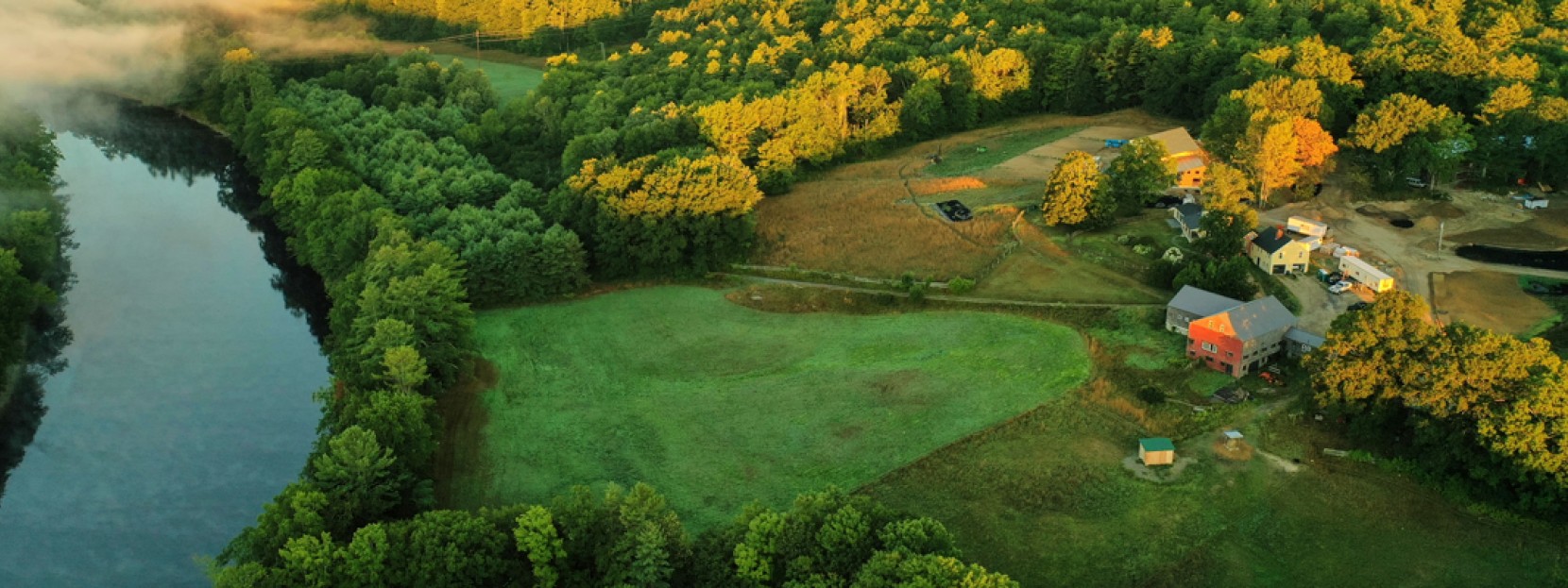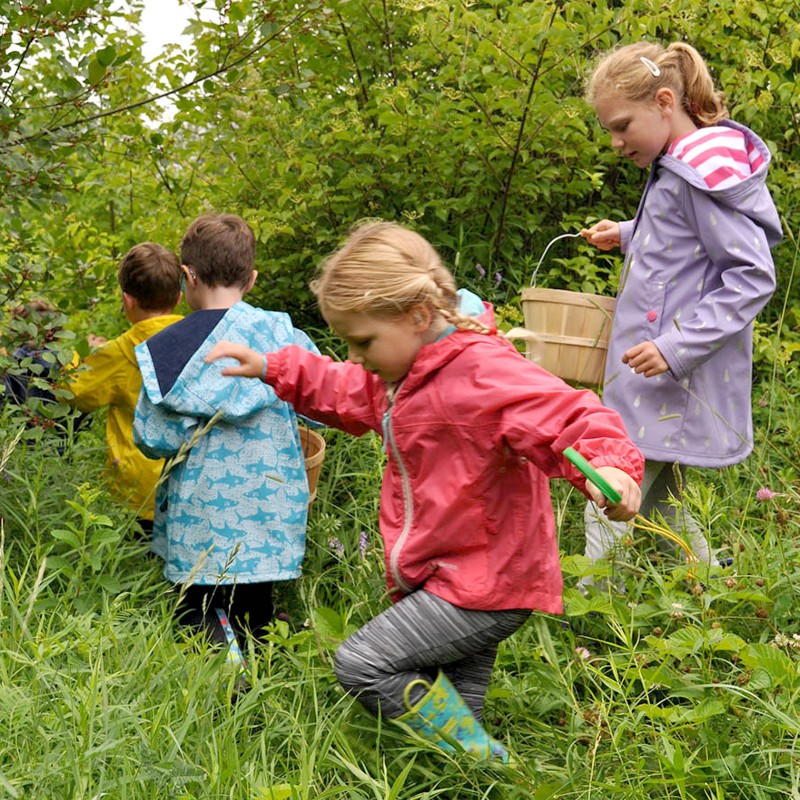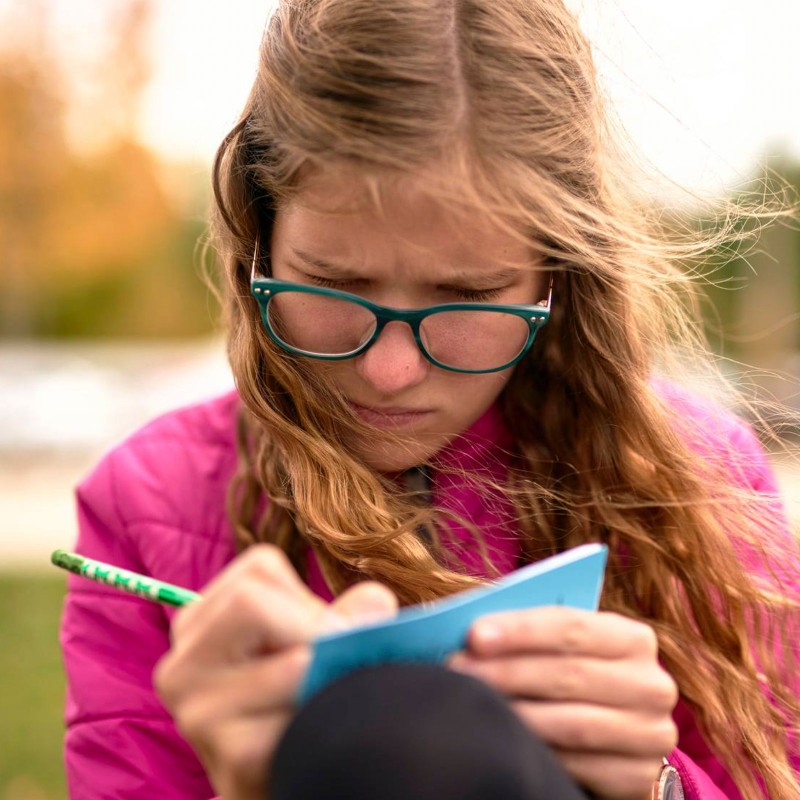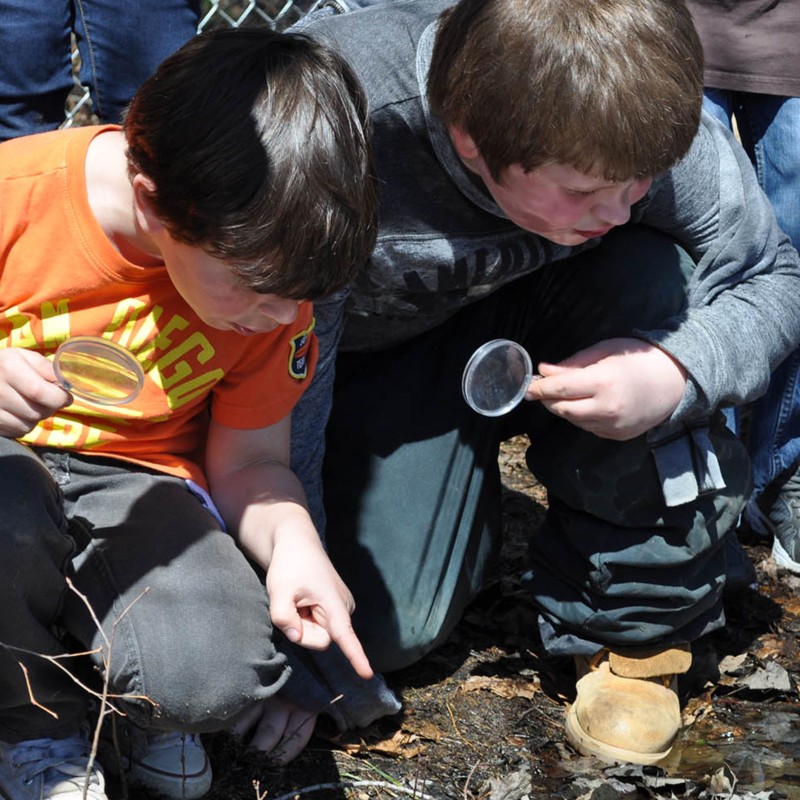
Their newly opened campus at The River Bend Farm is the first of its kind globally. Abiding by a “live what you learn” philosophy, The River Bend Farm provides a radically sustainable environment focused on transforming how people think about food access, ecology and sustainability.
We’ve partnered with them by donating equipment and funding camps for kids and families that will make it even easier for people to connect with the outdoors. Best of all, you don’t have to travel to Maine to learn about the natural world that exists outside your door. Here are five nature-inspired activities from educators at The Ecology School that parents and kids can do together right at home.
1. Sound Mapping
WHAT YOU'LL NEED:
- A pen or pencil
- Paper or a notebook
HOW IT WORKS:
One way to observe the natural world around you is by listening. Start by finding a comfortable spot to sit outside. Once you’re there, take out your writing utensil and paper and make a basic map of your surroundings, putting yourself in the center of the map. After you’ve made your map, start listening to the sounds you hear and mark on your map where the sound is coming from and what it is.
Are the sounds coming from living things like birds or bugs? Are they coming from non-living things like cars or the wind? Listen for at least five minutes, then take a look at your map to see all the sounds you’ve discovered. For a fun experiment, try listening again in another season to see how the sounds in your environment change.

2. Eco Survey
WHAT YOU'LL NEED:
- A pen or pencil
- Paper or a notebook
- Optional: A piece of rope or string
HOW IT WORKS:
You can learn a lot about what is under the ground by observing what is growing on top of it. Look for a spot in the yard and, if you have one, form a circle with the piece of rope. This will be your survey area. Take some dirt from inside the circle and make a smear with it on your paper. What can you tell by looking at the smear? Is it light or dark? Is it dry or damp? Next, look at what’s growing within the circle and try to count the number of different plants you see.
Once you’ve sampled the soil and counted the plants in your first area, find another spot to survey and then compare your findings. Is the dirt the same color in both spots? Was it drier or sandier in one of them? Did one area have more kinds of plants growing? And what does this tell you about the soil there? Survey as many spots as you’d like and keep track of all your discoveries.
3. Weather Log
WHAT YOU'LL NEED:
- A pen or pencil
- Paper or a notebook
- Optional: A thermometer
HOW IT WORKS:
The weather outside your door is always changing, sometimes in big ways and sometimes in small ones. This activity allows you to track those changes by creating your very own weather log. Start by picking a time of the day to go outside and record your weather observations.
What’s the temperature? It’s great if you have a thermometer, but if you don’t, you can still record how the air feels to you. Is it windy? Are there any clouds and what do they look like? Is it raining or snowing? Or is it sunny? Try recording the weather at the same time of day the next day. To really see how the weather changes, try logging it for a week, a month or even a year!

4. Decomposition Time Machine
WHAT YOU'LL NEED:
- A pen or pencil
- Paper or a notebook
HOW IT WORKS:
One of the most important roles in a functioning ecosystem belongs to decomposers like mushrooms, bacteria, and worms. These creatures help break down organic matter so it can be reused by others as nutrients. Sometimes it’s hard to see this process in action, but this “time machine” will help you observe what is happening to leaves as they decompose. To start this activity, you’ll need to gather leaves in various stages of decomposition and place them in order of their decomposing states.
Your first leaf might have come directly off a tree and still be green, and your last one could be the remaining stem of a leaf that is almost fully broken down. Between those, you may have a leaf that fell off a tree a few days ago, one that has been on the ground for a little while, and one that is only half a leaf. Looking at the leaves in order, what is it that changes from stage to stage? Are the colors different? Do some have more holes than others?

5. Insect National Park
WHAT YOU'LL NEED:
- A pen or pencil
- Paper or a notebook
- A great imagination
HOW IT WORKS:
It’s always good to try to change your perspective and notice the world around you from a different point-of-view. For this activity, you’ll have to imagine that you’re the size of an insect and your yard is an insect national park. From that perspective, what would the major landmarks of that park be? Using your pen, paper and imagination, draw a map of those landmarks from the perspective of an insect. What does the world look like from that point-of-view? What other perspectives could you try using to look at the world?
The best tool you have for all of these activities is the power of observation, purposely using your senses to look at the world around you. For more nature-inspired activities, visit the Ecology School’s free online resource: theecologyschool.org.


